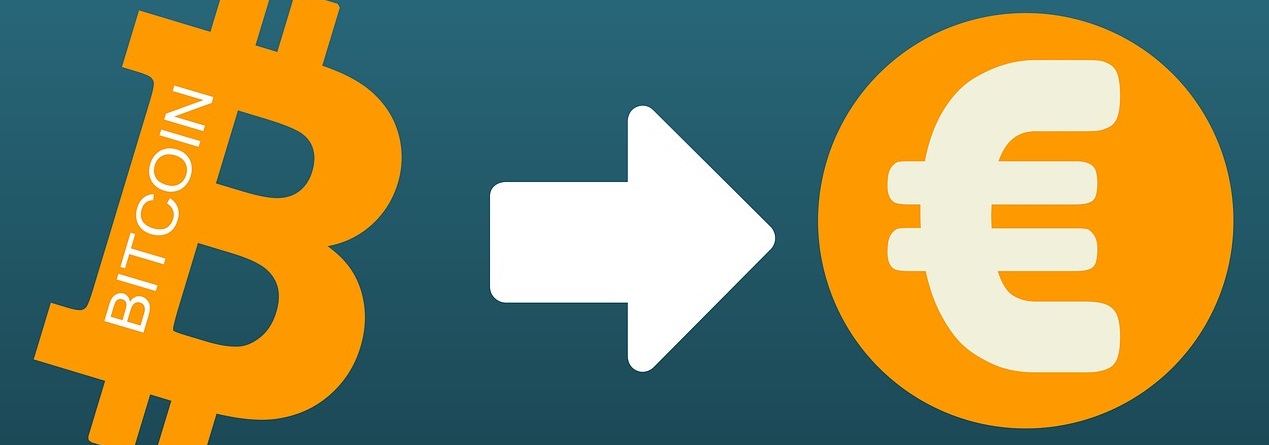Payments are changing at an accelerating pace. Users expect faster, easier payments anywhere and at any time, mirroring the digitalisation and convenience of other aspects of life (Bech et al (2017)). And, although paper-based payments like cheques and cash still play important roles, new technologies and market entrants are challenging the traditional bank-based payment systems (Jakobsen (2018)).
In addition to changes in how payments are made, even the type of money used could be changing. Across the world, central banks are reportedly thinking about how new central bank digital currencies (CBDCs) could replace traditional money (CPMI-MC (2018)). There is significant public interest in such a fundamental potential change, and this paper takes stock of central banks’ current work and thinking. It is based on a recent survey of central banks to which 63 responded (representing jurisdictions covering close to 80% of the world population). The survey asked central banks about their current work on CBDCs, what motivates that work, and how likely their issuance of a CBDC is. The survey shows that, although a majority of central banks are researching CBDCs, this work is primarily conceptual and only a few intend to issue a CBDC in the short to medium term.
Central bank digital currencies
The 2018 report by the Committee on Payments and Market Infrastructures (CPMI) and the Markets Committee (MC) defines CBDCs as new variants of central bank money different from physical cash or central bank reserve/settlement accounts. Based on four key properties, the CPMI-MC report provides a taxonomy of money (“The money flower”) which delineates between two broad types of CBDC: general purpose and wholesale – with the former type coming in two varieties (Graph 1).
The four key properties of money are: issuer (central bank or not); form (digital or physical); accessibility (widely or restricted); and technology. In terms of technology, the report distinguishes between money that is token- or account-based. In payment economics, a key difference between tokens and accounts is in their verification: a person receiving a token will verify that the token is genuine, whereas an intermediary verifies the identity of an account holder (Green (2008) and Kahn and Roberds (2009)). However, the definition of tokens varies considerable across scientific fields, and other reports distinguish between value- or account-based forms of CBDC (eg Sveriges Riksbank (2018) and Norges Bank (2018)). This paper uses the terms value- and token-based interchangeably.
Read the full version of the survey on the website of the Bank for International Settlements (BIS).
Source: https://www.bis.org/
Proceeding with caution – a survey on central bank digital currency
08 January 2019



